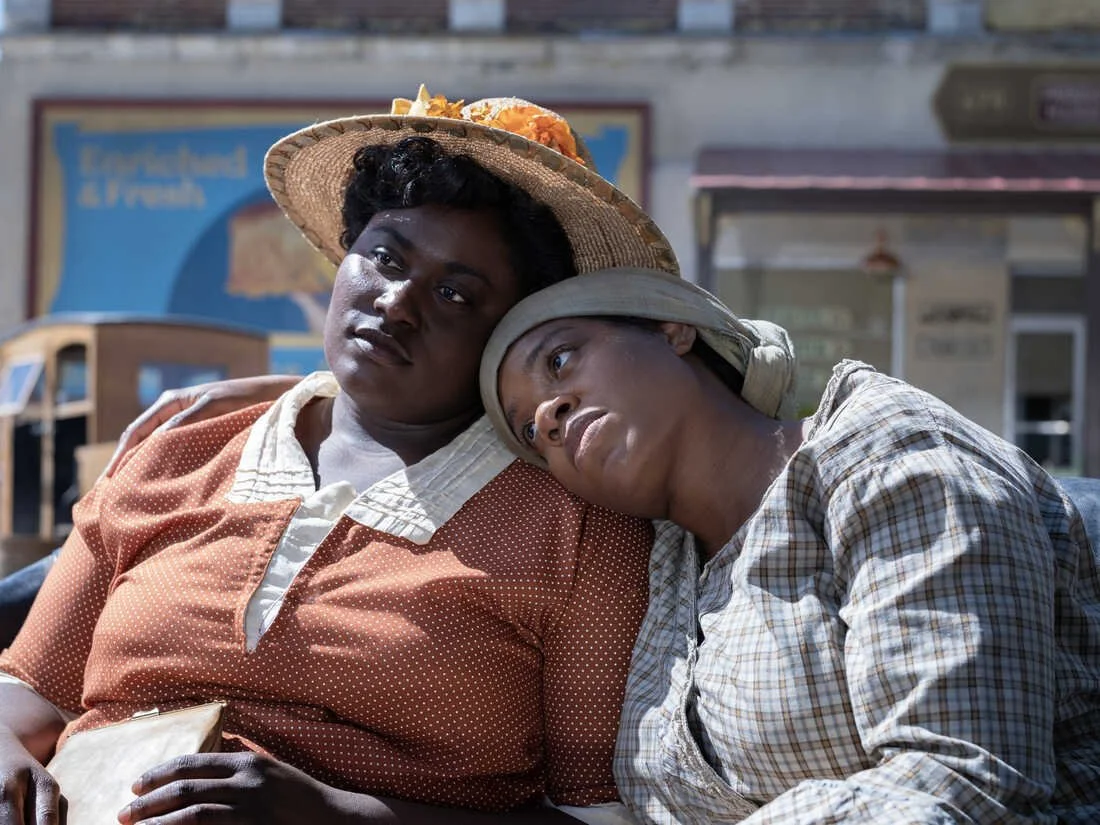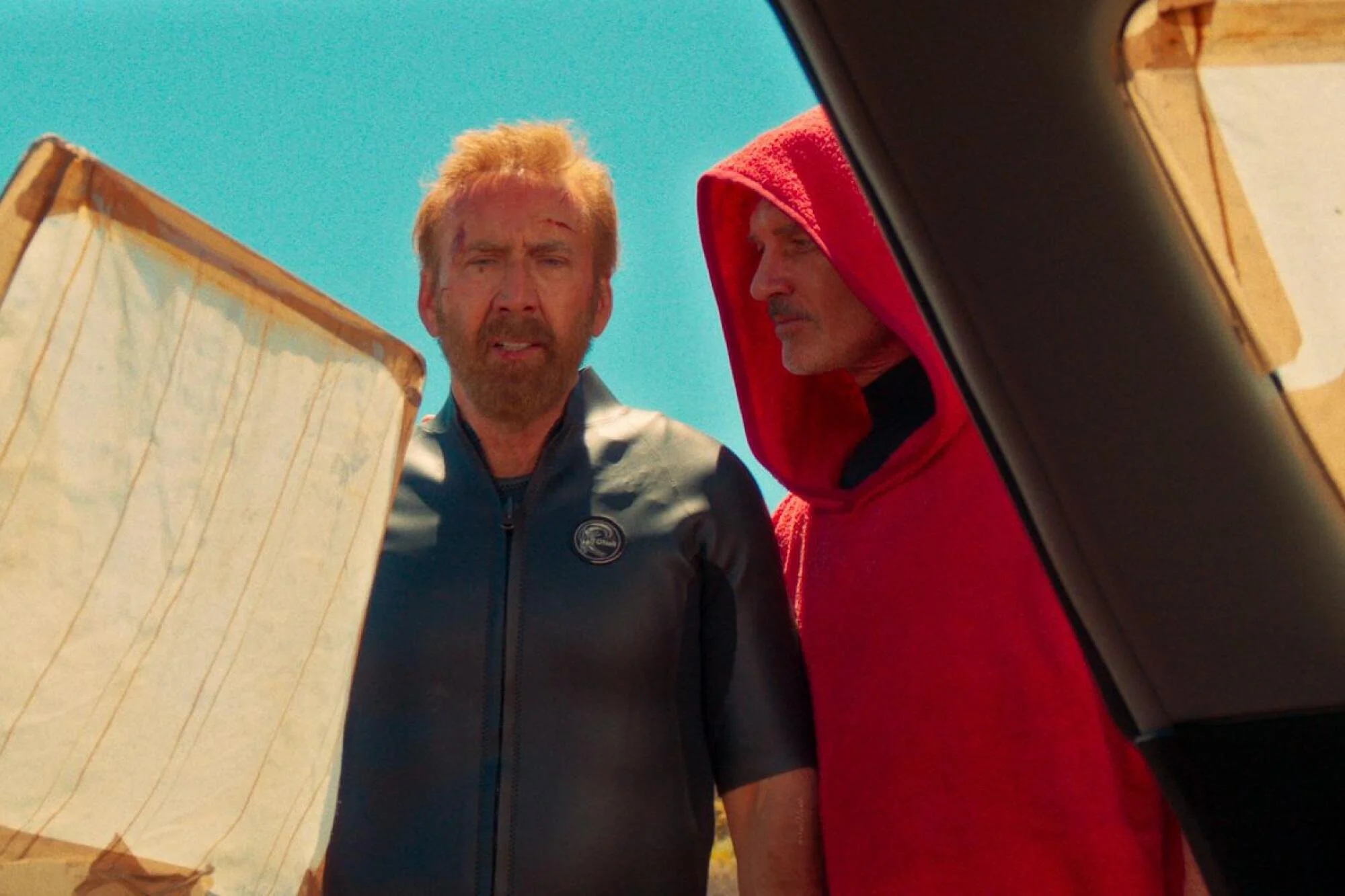FILM REVIEW: Oscar-nominated "The Zone of Interest" is an inspired, harrowing must-see
From open to close, The Zone of Interest (directed by Jonathan Glazer) employs the ghosts of history like no other film I have ever seen. Glazer’s haunted work is a technical and narrative triumph which decisively deconstructs the meaninglessness of Germany’s Third Reich at every level. It’s (very) loosely based on Martin Amis’ novel by the same name. To avoid getting wrapped up in too personal an interpretation of this film (in any case a highly intense and profound experience), it’ll serve this review to focus primarily on what parts create the effects of this whole.
The Zone of Interest follows the Höss family, who live quite lavishly in a large home set against the wall of an Auschwitz concentration camp. Every member of the cast nails their performance. Mr Rudolph Höss (Christian Friedal) is an SS commandant who oversees operations at the camp, struggling to find a work/life balance between genocide and family time. The children walk to school along idyllic cobblestones while hunting dogs pursue runaways. Rudi’s wife, Hedwig (Sandra Hüller), lovingly referred to as the “Queen of Auschwitz” is happy too, and though their garden is darkened by drifting ash-clouds of Human remains overhead, she enjoys (among other parasitic benefits) the first choice of the dead’s clothing and wouldn’t dare live anywhere else.
This horrifically stark irony oozes from every pore of The Zone of Interest, and Glazer uses the ever-presence of the camp walls, the screams, the unspoken threat of execution for the Jewish housemaids to amplify the dread to a point of numbness. But just as soon as the audience has adjusted to the baseline, he takes away an element – be it sound or visual - to create consistent crescendos of horror.
This recipe is used rhythmically and percussively, but does not feel the least bit repetitive. It left me reeling each time. The soundscape of this movie is massively layered, and atop it all is Mica Levi’s droning soundtrack of chants and wails. The technical elements of this film are multi-directional and unpredictable: Unnerving when they’re present, dreadful when they’re absent. Without explaining any further, The Zone of Interest smoothly, thematically, and masterfully makes use of a thermal camera. This kind of experimental innovation does not often make its way to the big screen (thanks A24).
Unlike many of A24’s other experimental films, though, Glazer does not entirely eschew traditional storytelling. The narrative builds and evolves in a satisfying manner, and leaves room for much speculation about how these characters are affected by their actions and complacency in a way that imbues the Zone of Interest with a highly contemporary feeling. There is so much to consider in this film, if I had even 1500 words, I’d barely capture the breadth of its strength. The Zone of Interest can restore your faith in the large-budget film, and maybe your belief in humanity’s capacity to endure any tyranny. It is not a surprise that this film has been nominated for five Academy Awards (Best Picture, Best Director, Best Sound, Best International Feature, Best Adapted Screenplay).
See this movie.
5 out of 5 stars
The Zone of Interest is currently screening at UWA Somerville Theatre from Mon 29 Jan – Sun 4 Feb as part of Perth Festival’s 2024 Lotterywest Film season. Click here for tickets.


![FRINGE PREVIEW: Rose [LIVE] brings the late-night talk show to Fringe](https://images.squarespace-cdn.com/content/v1/5114c744e4b044f8ed62c985/1706621854501-1X1H4LNCL7AXV034VOFG/user_crop_ROSE__LIVE_.jpg)



